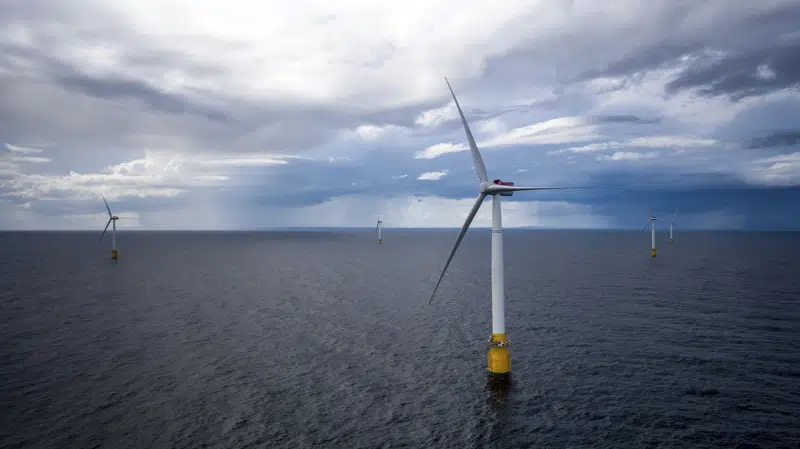
NOAA Fisheries’ habitat conservation experts in the Southeast are up to their necks in offshore wind project work, which is drawing focus that might otherwise go elsewhere.
The NOAA Fisheries Southeast Regional Office’s Habitat Conservation Division is actually getting drawn north to help out the NOAA Fisheries Greater Atlantic Regional Office for wind farm activity in Virginia. The division is also spending extra time on North Carolina wind projects.
“Offshore wind projects remain the Administration’s and therefore NOAA’s highest priority for (essential fish habitat) consultation,” said Cindy Cooksey, Chair of the South Atlantic Fishery Management Council’s Habitat Protection and Ecosystem-Based Management Advisory Panel.
The agency received around 475 essential fish habitat consultation requests for Southeastern marine projects, with an estimate of 760 by the end of the year. This is the most requests the agency has fielded in the last decade. Georgia and Florida projects are leading that growth.
Projects in Florida won’t get the attention they might otherwise because of the emphasis on building wind power infrastructure.
“They are taking up a bulk of our time,” Cooksey said regarding the wind project consultations.
Regardless, she said Port Everglades remains a high priority.
“They are still working with the Army Corps of Engineers and Florida agencies to fully develop a mitigation plan,” Cooksey said.
“This project has the largest amount of impacts to coral and hard bottom habitat ever authorized for U.S. waters, including more than 150 acres. The planned mitigation would be the most coral restoration ever attempted in the world, if this moves forward.”
The Port Everglades project has been controversial since planning began, and continues to draw criticism.
“The proposed Port Everglades project will dredge and deepen channels directly adjacent to or on top of the Florida reef tract and its thriving population of coral colonies,” the Miami Waterkeeper said in a statement last year.
A 2016 Associated Press report noted the plan calls for planting 103,000 new nursery-raised coral in 18 acres of existing reef areas and creating five acres of artificial reef by relocating around 11,500 corals.



